i bc27f85be50b71b1 (199 page)
Read i bc27f85be50b71b1 Online
Authors: Unknown

Sepsis
Sepsis is a general term that describes three progressive infectious
conditions: bacteremia, septicemia, and shock syndrome (or septic
shock).!!

638 AC1.JTE CARE HANDBOOK FOR PHYSICAL THERAPISTS
Bacteremia is a generally asymptomatic condition that results from
bacterial invasion of blood from contaminated needles, catheters,
monitoring transducers, or perfusion fluid. Bacteremia can also occur
from a pre-existing infection from another body site. Bacteremia can
resolve spontaneously or progress to septicemia.
Septicemia is a symptomatic extension of bacteremia throughout
the body, with clinical presentations that are representative of the
infective pathogen and the organ system(s) involved. Sites commonly
affected are the brain, endocardium, kidneys, bones, and joints. Renal
failure and endocarditis may also occur.
Shock syndrome is a critical condition of systemic tissue hypoperfusion that results from microcirculatory failure (i.e., decreased blood pressure or perfusion). Bacterial damage of the peripheral vascular
system is the primary cause of the tissue hypoperfusion.
Management of sepsis may consist of any of the following'2:
•
Removal of suspected infective sources (e.g., lines or tubes)
• Anti-infective agents
• Blood pressure maintenance with adrenergic agents and corticosteroids
•
i. v. fluids
• Blood transfusions
• Cardiac glycosides
• Supplemental oxygen, mechanical ventilation, or both
• Anticoagulation
Management
Medical/llteroelltion
Management of the various infectious diseases discussed in this chapter is described in the specific sections of respective disorders. Appendix rv also lists common anti-infective agents used in treating infectious diseases.

INFECfIQUS DISEASES
639
Physical Therapy Illtervelltioll
The following are general physical therapy goals and guidelines to be
used when working with patients who have infectious disease processes, as well as disorders of altered immunity. These guidelines should be adapted to a patient's specific needs.
Goals
The primary physical therapy goals in this patient population are
similar to those of patient populations in the acute care setting: (J) to
optimize the patient's functional mobility, (2) to maximize the
patient's activity tolerance and endurance, and (3) to maximize
ventilation and gas exchange in the patient who has pulmonary
involvement.
Guidelines for Physical Therapy Intervention
General physical therapy guidelines include, but are not limited to,
the following:
I. The beSt modes of preventing the transmission of infectious diseases are to adhere to the standard precautions established by the CDC and to follow proper hand-washing techniques.
•
Facilities' warning or labeling systems for biohazards and
infecrious materials may vary slightly.
•
Be Sllre ro check the patient's medical record Ot signs
posted on doors and doorways for indicated precautions.
•
Table 10-4 provides an outline of the types of protective
equipment that should be worn with specific precautions.
2. Patients who have infectious processes have an elevated metabolic rate, which will probably manifest as a high resting heart rate. Because of this, the activity intensity level should be modified,
or more frequent rest periods should be incorporated during physical therapy treatment to enhance activity tolerance.
•
Patienrs with infectious processes will also be prone [0
orthostatic hypotension, hypotension with functional activities, or both as a result of the vasodilation occurring from the inflammation associated with infection.


640 AClITE CARE HANDBOOK FOR PHYSICAL THERAPISTS
•
Therefore, slow changes in positions, especially from
recumbent to upright positions, and frequent blood pressure
monitoring are essential to promoting tolerance to functional
activities.
3. Monitoring the temperature curve and WBC count of patients
with infectious processes helps to determine the appropriateness of
physical therapy intervention.
•
There will be times when the infectious process worsens,
and rest, rather than activity, is indicated. Clarification with
the physician or nurse before physical therapy intervention is
helpful in making this decision.
References
1. Smeltzer SC, Bare BG. Brunner and Suddanh's Textbook of Medical·
Surgical Nursing (7th cd). Philadelphia, Lippincott, 1992.
2. Thomas CL (ed). Taber's Cyclopedic Medical Dicrionary (17rh cd). Philadelphia, Davis, 1993.
3. Goodman CC, Snyder TEK. Differential Diagnosis in Physical Therapy,
Musculoskeletal and Systemic Conditions. Phihldelphia: Saunders,
1995.
4. Kent TH, Hart MN (eds). Introducdon to Human Disease (4th cd).
Sramford CT, Appleron & Lange, 1998;21-30.
5. Gorbach SL, Barrlett jG, Blacklow NR (cds). Infecrious Diseases. Philadelphi., Saunders, 1992.
6. Delost MD. Introduction to Diagnostic Microbiology: A Text and
Workbook. Sr. Loui" Mosby, 1997;1-9.
7. Malarkey LM, McMorrow ME (cds). Nurse's Manual of Laboratory
Tests and Diagnostic Procedures (2nd cd). Philadelphia: Saunders,
2000;49-81.
8. Linne J], Ringsurd KM (eds). Clinical Laboratory Science: The Basics
and Rourine Techniques. Sr. Loui" Mosby, 1999;669-699.
9. Linne jj, Ringsurd KM (eds). Clinical Laborarory Scienc", The Basics
and Rourine Techniques. Sr. Louis, Mosby, 1999;597-667.
10. Isenburg HD. Clinical Microbiology. In SL Borback, jG Barrlett, NR
Blacklow (eds), Infecrious Diseases. Philadelphi., Saunders, 1998;\23-
145.
11. Anderson KN (ed). Mosby's Medical, Nursing, and Allied Healrh Dicrionary (4rh ed). Sr. Loui" Mosby, 1994.
12. Thompson jM, McFarland GK, Hirsch jE, er al (cds). Mosby's Manual
of Clinical Nursing (2nd cd). Sr. Loui" Mosby, 1989.
13. Malarkey LM, McMorrow ME (eds). Nurse's Manual of LaboratOry
Tests and Diagnostic Procedures (2nd cd). Philadelphia: Saunders,
2000;337-339.




